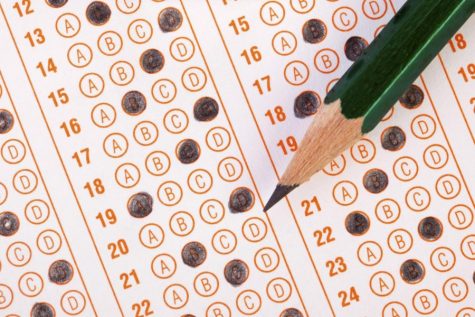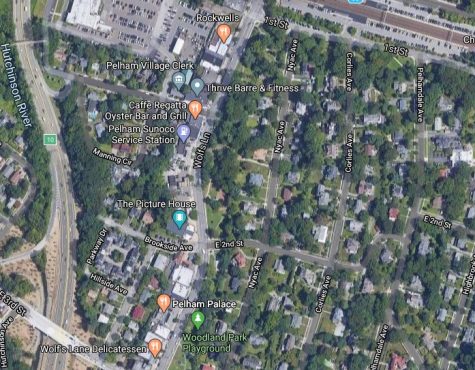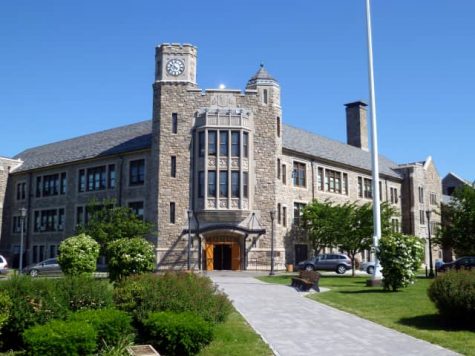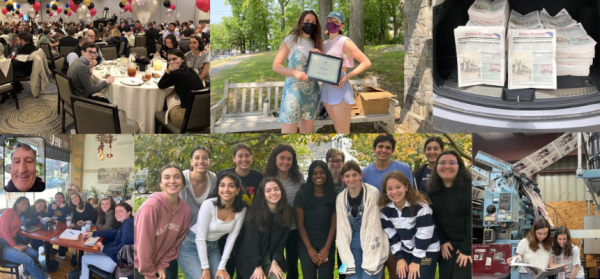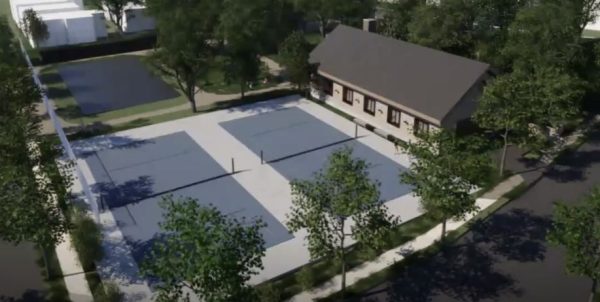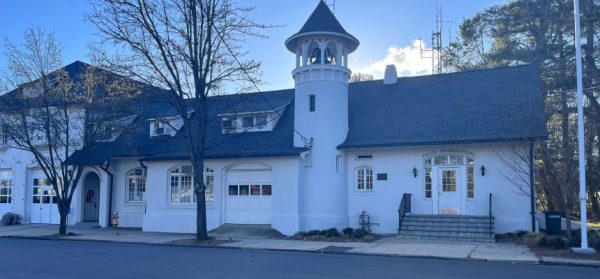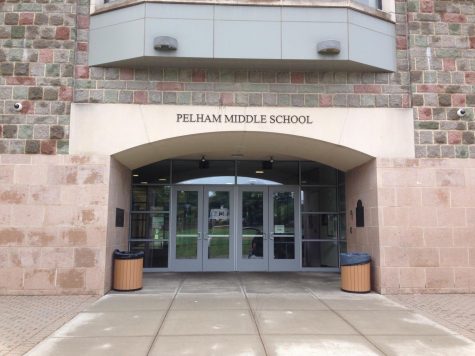Time for Cuomo to end our limbo and close schools for rest of year
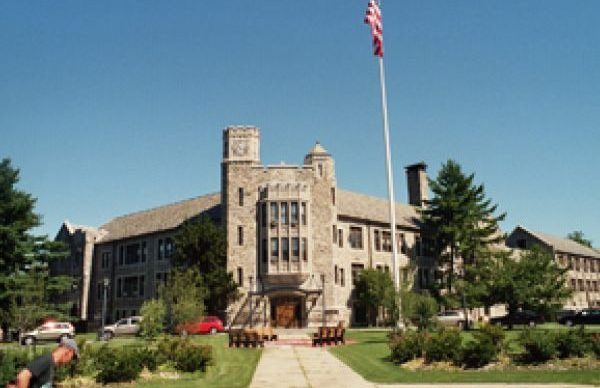
I’m a high school senior, in my final year at PMHS, and I wanted to make the most out of the latter half of my senior year. After all, there’s a reason the concept of “second semester seniors” exists. I was fully prepared to capitalize on that, have fun on my decision day, at my prom and at graduation. It’s clear to me that now that simply is no longer possible, and since Gov. Andrew Cuomo has declined to let localities decide this for themselves, it’s high time he steps up, ends our limbo and closes schools for the remainder of the 2019-2020 school year.
First, let’s realize the health implications surrounding this devastating crisis and how those implications factor into schools within our region. It’s clear that Covid-19 is impacting lower New York State in a unique and outsized way. The New York Times reports that per 100,000 people, Westchester has the 6th highest number of cases, and counties in the Hudson Valley and Long Island make up three of the top ten counties nationwide, in terms of cases per 100,000. But how does that impact schools?
The most common argument against closing schools is that people under 18, those who actually attend schools, are at a lower risk of serious symptoms of the disease. While this argument does hold some water—the CDC generally agrees that kids “do not appear to be at higher risk”—it ignores one fundamentally obvious fact. Children aren’t the only ones inside the schools. From administrators to teachers to parents just going to watch their children’s events, there’s still a plethora of adults, who, given their older ages, also are more likely to have an underlying condition, putting them at a higher risk. Even ignoring the fact that adults and those at higher risk are regularly in school buildings, we’re still left with the fact that kids still come into contact with adults at home. Meaning, kids can both bring Covid-19 into buildings where students are already closely packed, facing the high likelihood of community spread, and once that community spread has already occured, they can bring it back home and give it to adults with a higher risk of a serious case. So, until we can ensure that the likelihood of community spread in schools is as close to zero as possible, and until we have a reliable method of contact tracing in case this community spread does occur, schools need to remain closed.
But health implications, which by now seem widely understood, aren’t the key issue at play here. With Westchester coming under 10,000 active cases, it’s clear that the prevalence of the virus itself is starting to decline, and the probability of in-school transmission is likely lessening. So let’s also realize why this step is necessary to allow our schools a chance to prepare themselves for the new societal norm.
It’s clear in our current times that just a few days difference can have a significant impact on our outlook, and in terms of school planning there’s no difference. Right now administrators are being forced to spend their days making plans as if students will be returning to schools in mid-May, no matter how unlikely that seems. The result of this lack of certainty around the remainder of the year is that districts are being forced to make quick plans for a return that might not happen, which also leads to them having less time to plan for our inevitable fall return. Governor Cuomo himself indicated that a return to school this year could only realistically happen if “God intervenes and does something nice for us.” Unfortunately, holding out hope for that scenario just takes away time for a school to figure out, test and perfect a plan for our fall return. Even Pelham Schools Superintendent Dr. Cheryl Champ noted at the most recent Board of Education meeting that “While I definitely understand the Governor’s approach in taking things incrementally, at the same time, it does present issues for us on making some decisions about how to wrap up this year.” While being hopeful is certainly helpful in trying times like these, it’s clear that not shuttering schools for the year only forces schools to make short-term stopgap plans for our unlikely May return, rather than focusing on planning for the district’s future in a Covid-19 world come fall.
These types of decisions are the kind which no leader ever wants to make. There’s emotion involved on all sides; students don’t want to miss out on all the fun and opportunities that happen at their schools, parents don’t want to be stuck in their houses with bored and angsty teens and schools are trying to make sure their students are still getting a proper education. But this decision can’t be an emotional one. It’s time to realize closing schools for the year will allow administrators to prepare moving forward, is a medically prudent move, and needs to be done.
Nick Lieggi is a freshman at Oxford College of Emory University and was a member of the PMHS class of 2020. He began his journalism career at the Pelham...



